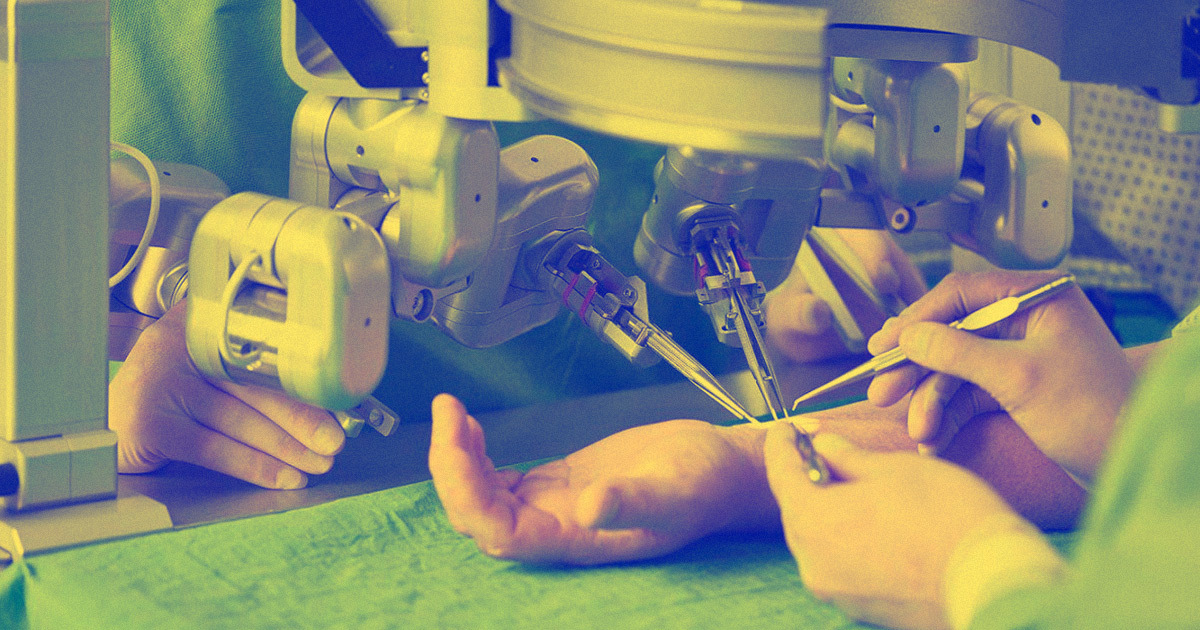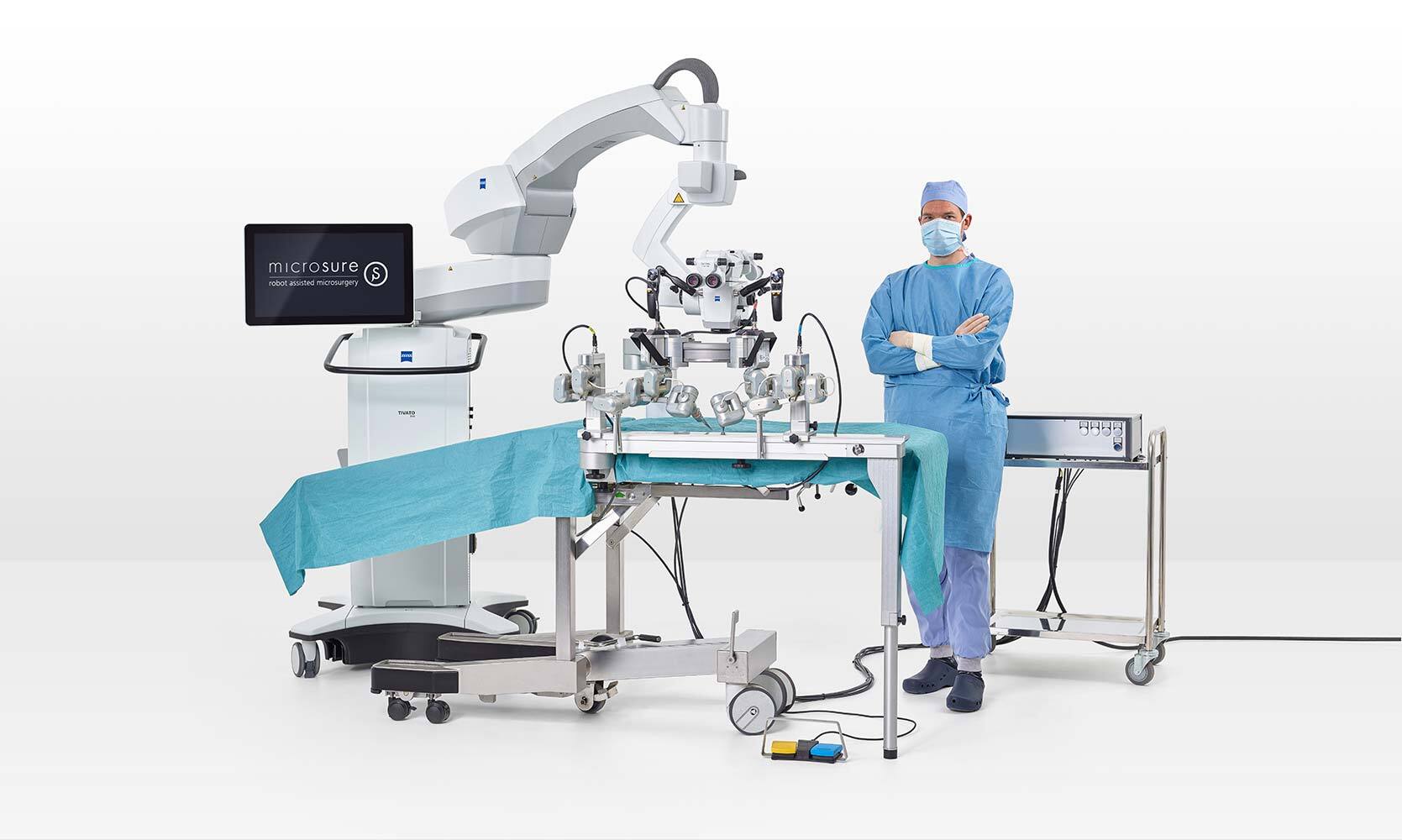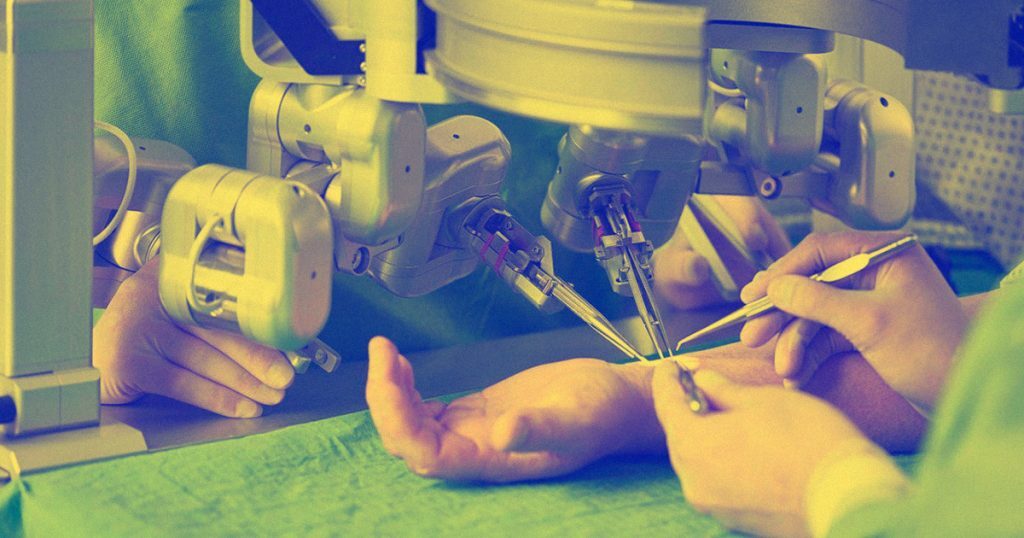The days of doctors angrily shouting, “Pass me the scalpel, Andrews!” are seemingly in the past as robots have taken the next step forward in helping humans conduct some of the most challenging surgeries. Okay, it’s probably a bit more in-depth than handing over scalpels but they could probably also do that.

Researchers at the Maastricht University Medical Centre in The Netherlands have been studying the effectiveness of robot assisted surgery and the results that have come out of the latest clinical study seems to indicate that our metal creations are more helpful than not. The biggest advantage of using robots in microsurgery is how stable they are in comparison to humans who start twitching after not drinking enough coffee.
The robot being tested was named MUSA and involved a surgeon completing eight lymphatico-venous anastomosis on as many women. It’s a difficult procedure that involves reattaching lymphatic tissue to blood vessels after patients undergo a mastectomy. The vessels themselves are only 0.3mm so it’s an exceptionally challenging surgery. Four of these procedures was conducted without MUSA with the remaining four including his help.

All eight surgeries were judged immediately after completion and three months afterwards. While all the completed results of all eight women were identical, it was noted that the procedures that used both man and bot were completed twice as fast. Not only that but as the surgeon became more accustomed to working with the robot he began operating even faster.
This comes as a breakthrough for medicine and science as it shows that robots are finally reaching a stage where they can assist with one of the most challenging aspects of human medicine. This opens up plenty of doors to conduct riskier and more experimental surgery with the added stability of a non-human hand. As long as they don’t figure out that scalpels can be used on humans that aren’t sick, then we should be good.




